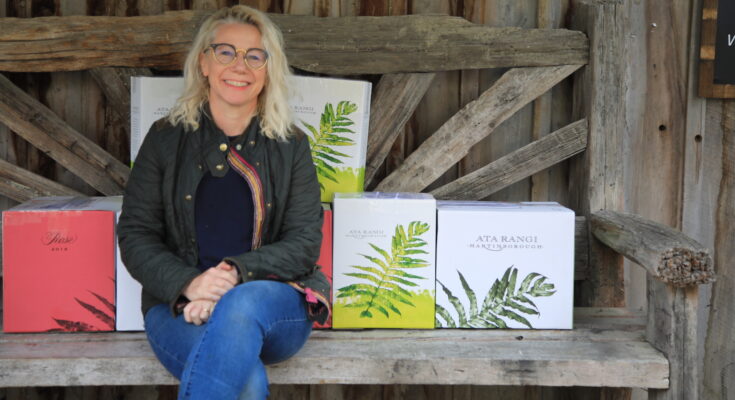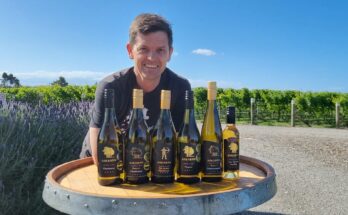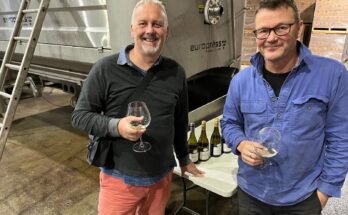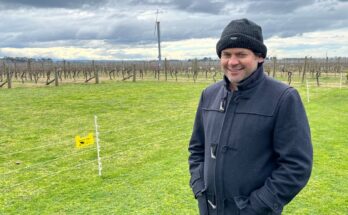It is now 40 years since Clive Paton, the founder of Ata Rangi, bought 5 hectares of bare land in the village of Martinborough with the idea to create a vineyard. A report from Dr Derek Milne made suggestions that the area would be excellent for grapes, comparing the site to Burgundy. Land was plentiful and cheap. However, the report did spur others to jump on board and Paton’s Ata Rangi vineyard was planted at around the same time as Dry River, Chifney (now Margrain) and Martinborough Vineyard – founded with others by Dr Milne himself.
The ‘Martinborough Terrace’ as the golden stretch of land came to be known is an old river bed, with free draining alluvial soils, in some places overlaid with clay pans. A variety of grape types were planted in the beginning – and the Craighall Vineyard that Ata Rangi has always been famous for their Riesling and Chardonnay wines. However, Martinborough was quickly to develop a reputation for the quality of the Pinot Noir – Ata Rangi winning three Champion Pinot Noir trophies in the ‘90s at the IWSC.
Although the region – and, indeed, Ata Rangi – produce top quality Sauvignon Blanc, white aromatics and other red varietals, it is undoubdtedly Pinot Noir that Martinborough is known for. Craggy Range are again planting over several hundred hectares out on Te Muna Road – but are including Sauvignon Blanc in their new plantings alongside Pinot Noir.
Perhaps the most famous Pinot Noir clone of all – the ‘Abel’ clone is amongst the mix at Ata Rangi. Paton got his cuttings directly from Mr Malcolm Abel, the Customs Officer responsible for intercepting the vine cuttings that were being smuggled into the country in a gumboot. It’s part of the legend of the clone, and probably one reason that it is so favoured, that it was taken from Domaine de la Romanée Conti in Burgundy. Wherever it was actually from, it has been a feature of New Zealand’s Pinot for long enough now to be recognised as producing distinctively flavoured wines that are at the top of many wine fan’s favourite lists.
At the end of last year, I caught up with winemaker Helen Masters – chief winemaker here since 2003 – at the Ata Rangi Cellar door, to talk about the 40th anniversary and look forward to what’s in the future for the company. It’s the last appointment on a Friday and as staff drift in, and out, at the end of the week, Helen has time for a word with everyone. It feels like an extended family. When we turn to talk about the wine however, there’s a sense of focus and purpose that is passionate as well as personal.
We began by discussing the new wine that they released to celebrate the occasion. It’s an Abel-clone only wine, and it comes in a magnum size – only one barrel of the Pinot was made.
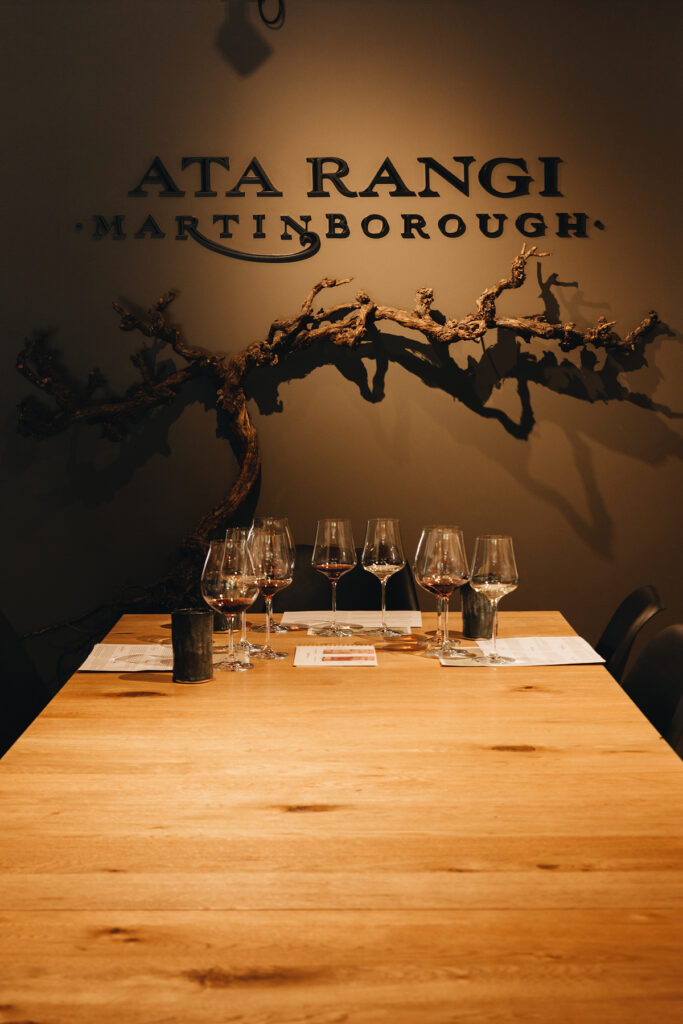
Helen explains: “We had a great discussion because this year it’s our 40 years on the land, and we released 129 magnums of old vine Abel from 40-year old vines. And it started a classic discussion about price. “Oh we can’t go too high” – and I’m like ‘”there are all these people who charge $150 for a 750ml haven’t been around for long – so let’s put $450 on this as it is 40 years of work”. So we did. And it was the right thing to do for that special wine.”
No fancy packaging, just the bottle. It’s about offering something to our mail-order customers who’ve been on the journey with us. We offered it to our mail order first, and they all gone. It’s about offering something to people who have supported us over the years. And it’s not about going “Look at this, this is fancy” It’s just us – we’re not trying to be iconic. Maybe we are iconic because we’re not iconic, if that makes sense?.”
They have not just simply ‘been around’ for forty years – they were awarded the first title of ‘Tipuranga Teitei o Aotearoa’ in 2010 – essentially our first Grand Cru, alongside Felton Road, so have been successful for forty years. When people talk about the very best of New Zealand wine, they include Ata Rangi in those conversations. I ask if the crown is heavy to wear – do they feel the weight of that reputation?
Helen: “Not really. This is just who we are. We’re not being too cool for school. As long as we make wines we like – that to me is the bottom line. If everybody here can go “I love this” then I’m happy. It’s about making a wine that we feel represents the work in the vineyard. Also, I’ve been here seventeen years, so it’s kind of like, maybe I felt that at one stage, but not any more.”.
What about their niche in the market. They make simply strive to make wines that people love, and there’s talk about the ‘spirit’ of Pinot, and how that’s expressed at Ata Rangi. But are they also one of those labels that, as Larry McKenna puts it, “have an aura”. I ask Helen if they fall into that ‘cult wine’ drawer?
“We’re so busy just doing what we do. I don’t think about it at all, because it’s like if we make the wines that we love here, and that really represent all the work that we’re doing in the vineyard – people are either going to love it or they’re not. We’re more interested in being ‘the people’s wine’ and being part of a connection. We don’t want it to be a cult wine, or stuck in somebody’s cellar and put on an auction site. You want it to be a living thing, that is part of how people experience life. You want to hear “Oh I had Ata Rangi at my 50th and I remember it vividly, and I’m going to have it at my 55th” And it’s because they love the wine.”.
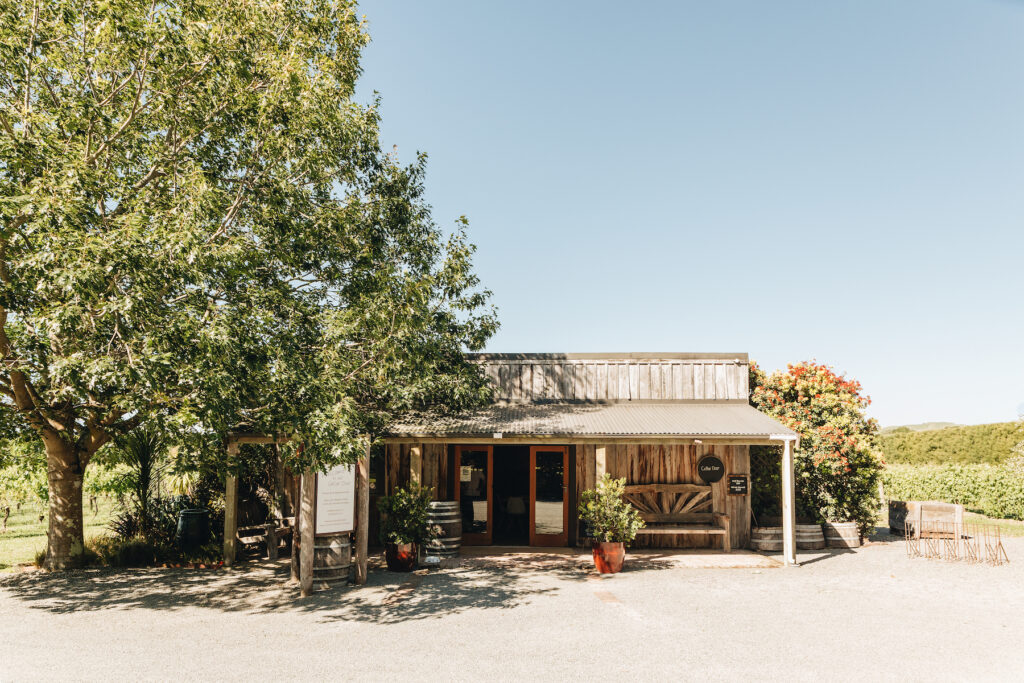
Over forty years, styles will come and go. Varietals will fall in and out of favour. It’s not that long ago that the grape varieties weren’t even listed on bottle labels. Helen asks about my background and I explain that I’ve lived in New Zealand since 2003 – effectively in search of wine! I went to University in Bristol, where a couple of the old classic wine trading companies – Averys and Harveys are based. And I can remember the first time I had a Pinot Noir in the UK – at least the first time I knew it was Pinot Noir. Before that we’d just drunk “Burgundy” and enjoyed it, without realising the grape variety. And it was certainly before I’d ever heard of New Zealand Pinot Noir. If that makes any sense… But I knew that New Zealand and Australia made wine, because as well as all the European wines we’d drink – there was a section in Oddbins wine shop where I’d look at these labels with names like ‘Wairau Valley’ on them and wonder where that was. I ask what makes Martinborough wines so different?
“Our Sauvignon is a bit of fun, because you know what – if you’re going to make Sauvignon that’s not in Marlborough, then don’t make it Marlborough style – there’s no point. Sauvignon’s such an amazing variety but our cropping level is naturally about a third of what Marlborough gets. If you look at where Marlborough is on a map – it’s so protected from the South, whereas Martinborough is completely open to the South. And also the soil’s quite different. We just don’t have the power of the soil in Marlborough. It’s much more free-draining here and we don’t have the fertility and water holding capacity. Also, we can get very cool, wet weather during flowering, which results in very loose, light and open bunches.
So the Sauvignon isn’t big crops, small crops, more riper skins and much more concentration. So here, what I’m doing is completely the opposite in terms of winemakeing. It’s completely hand picked, 10% is de-stemmed and fermented with skins. 5% is completely whole bunch fermentation, like a red wine fermentation. There’s ginger, lemongrass, mandarin rather than those overt herbaceous characters you’ll see from Marlborough.”
Then of course, there’s the question that no writer about New Zealand wine can seem to avoid. If I had a dollar for every time I’ve been asked whether I prefer Central Otago or Martinborough Pinot, I’d be retired by now. For me there’s more at play than just what’s in your glass, but even so, really it’s just personal preference. I ask Helen what she thinks defines the difference in their wines, and how that might refer to Central?
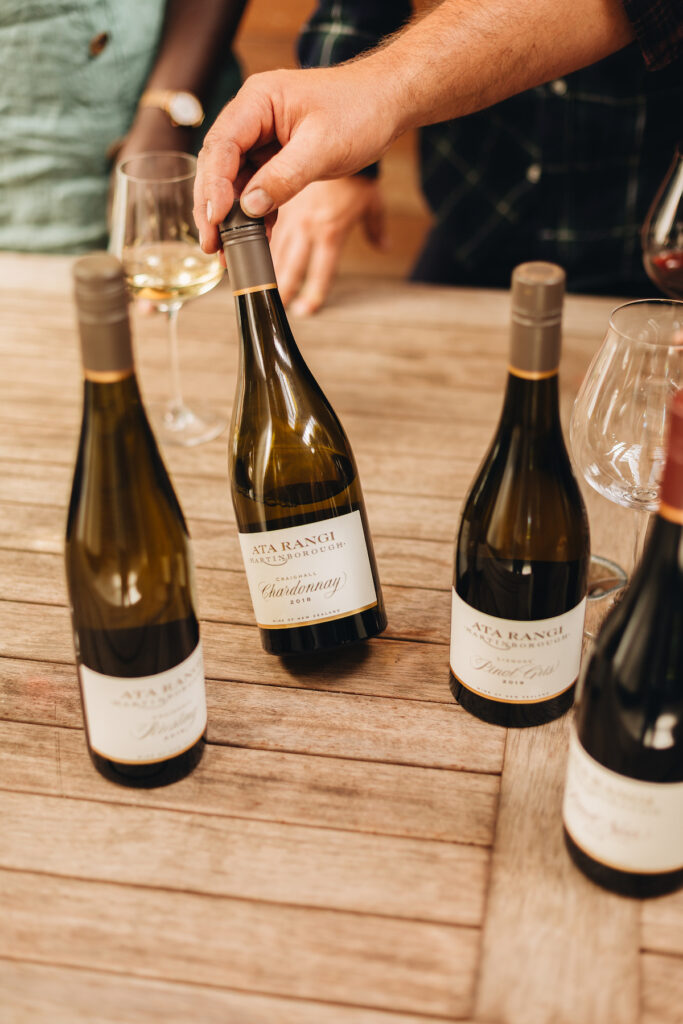
“I think the Pinot has the character that shows in the skins exposure, about the bunch architecture that we see in Martinborough. I think the Pinot has the character that shows in the skins exposure, about the bunch architecture that we see in Martinborough. ’18 is a very kind of ethereal year. It wasn’t necessarily that hot, but the nights were not that cool. The skins were a lot softer than we have normally. There’s almost a more ethereal character to the ‘18s.
There’s not this big volume of fruit sweetness and alcohol. You can see this layering and length which is more about acid and tannin – we don’t have a lot of alcohol sweetness bringing roundness. The tannins are different, rather than making the wines bigger, they’re making the wines tighter, with more length, and more nervous. Because there’s no sweetness.
We’ve been making the Crimson and the Ata Rangi off the alluvial gravels. The first two are from similar sites but this is all about vine age selection. Crimson is all the younger vines, and Ata Rangi is older vines from all the gravel terraces. Because the younger vines roots are only a metre or two metres, they generally reflect the season, rather than necessarily the site. The soil gets warmer because it’s a hot season, it absorbs more water if it’s a wetter season. And if Autumn comes in strong and it cools down, the plant gets the message to ripen earlier. Whereas the older vines, because they’re at three to four metres, there’s much more constant down there. There’s more constant humidity, moisture, temperature. So they tend to ripen at a fairly similar time, because the message is not so reliant on heat or rainfall. It’s more about what’s happening in the soil.
The McCrone is a single vineyard project. It’s only about 500 metres away but it has a layer of clay within the gravels. This makes for quite a different expression. Here we’re getting quite a bit more baking spice, and bigger – rather than being tight and long. It’s also richer in the mid-palate. The Terrace is 5kms by 1kms, but even within that, although most of it is this very free draining alluvial gravels, there are some sections that have more clay. The clay really changes the aroma and structure. The McCrone is always released a year later.
With all the wines, it’s all natural yeasts; with not SO2 added to the juice. So it’s very minimal. I love that there’s this whole conversation around natural wine, but we make wines with out additions – we just don’t talk about it. We talk about the vineyard. I think that age is essential for a lot of our wines because there’s a lot of concentration, so there’s a lot of layers of fine tannins. Sometimes they’re not that accessible on first release.”
No winemaker is ever sitting still though. With vineyard sites that change subtley over the years; and the change, and challenge of expressing each vintage. Helen explains the vintage…
“Really we’re all about trying to interpret the vintage that we’ve had. Understand that if it’s a cool year, what does a cool year mean? Warmer year – what does a warmer year mean? Because we don’t add yeast, we’re not using enzymes, not adding any additions, it’s a real understanding about the best picking date. So for each vintage, understanding where ripeness intersects with everything else. Sugar, tannin, seed,
It comes down to experience. That’s the big thing. You might go “I’m going to pick slightly earlier to get more vibrancy, more acidity” But where are you going to go with those tannins? Are they going to be more sappy? It’s easier to pick fruit riper. That’s simpler. Trying to get that fruit bang on, so there’s a tension, a kind of on-the-cusp ripeness is where I need to be.”
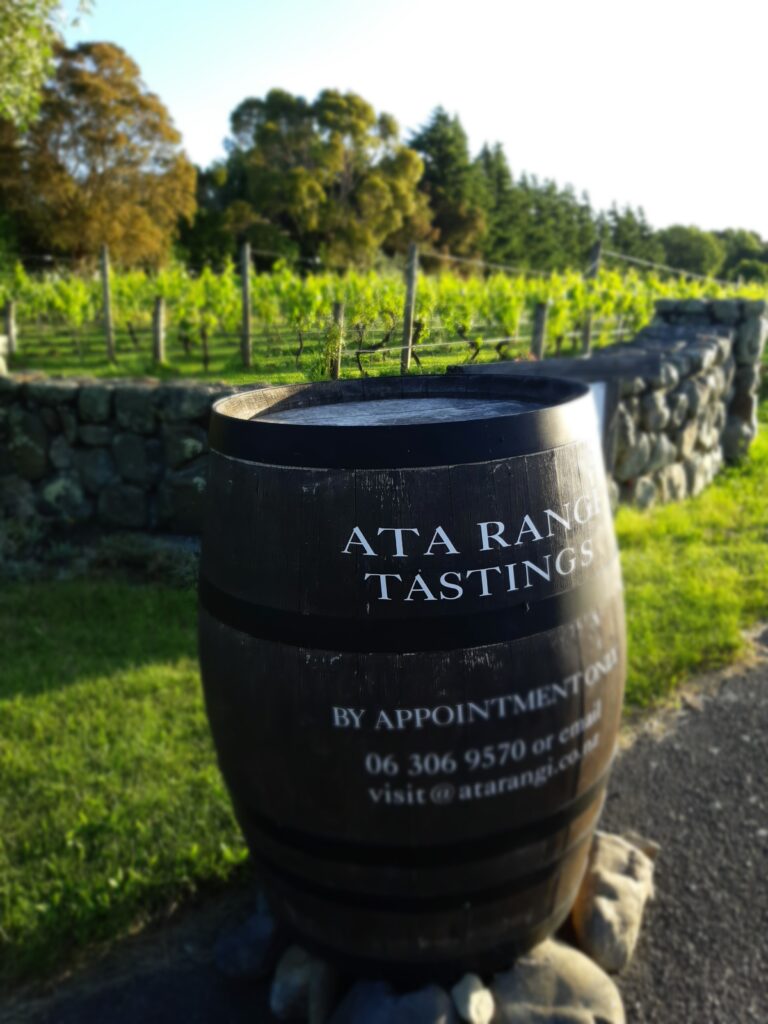
I suggest that on the edge is where the good stuff is. Being in the middle is not that interesting. We talk about Tony Bish – who I just seen in Napier a couple of days before, and how he has struck out on his own, doing just what his passion is. I wonder if Helen will ever feel that it is time to go off and do ‘her own thing’?
“I like the fact that he’s decided to do that. And he’s been through a lot, and when people go through what he’s been through – you’re quite prepared to say ‘No, this is not negotiable – this is what I’m going to do’.
I have my own vineyard, and I sell the fruit to Ata Rangi. I get to see it in barrel and maybe ultimately I might have a label that is under Ata Rangi which is my vineyard, but it’s about the vineyard. My children might do it, but… here it’s about community and making a wine that everybody feels really proud of. There’s so many characters that make it successful. It’s not just the vineyard or the winemaking, it’s everybody. The more passionate all these people are about the wine in the glass. So it’s about making a wine that they all go “Oh this is so great” And if they all do that, that’s going to come through in everything they do. How they pack up an order, how they sell the wine, how they look after the vineyard. Let’s make wine that moves us and that we feel proud about.”

